
Freedom of nature
Sustainable getaways
Real human connections
Foraging Guide: 10 Tips
Foraging is an art and a great outdoor activity to spend hours doing. Here's a guide with 10 tips on how to start!
Foraging tips
Each country in Europe is unique, with a wide range of natural beauty and diverse landscapes. And where there’s thriving plants, there are happy ecosystems where you can find edible plants!
Foraging is an art and a great outdoor activity to spend hours doing. It’s also incredibly satisfying to make wild-plant salads and your own sustainable meals! There are plants you can forage in your own garden, like dandelions or stinging nettle, but when you have access to the great outdoors, the possibilities are almost endless.
Learning and knowing how to identify plants is one of the most important parts of foraging. You don’t want to touch or eat anything poisonous. And since there are almost 10,000 European vascular plant species, you’re not going to try and memorize them all either!
This guide will provide important foraging tips such as how to identify plants, where to go, what is sustainable foraging, and foraging safety. We also have a list of beautiful campspaces with incredible nature where you can go find edible wild plants!
1. Get a guide book or contact foraging experts
If you love to learn independently, we recommend finding a good foraging guide book with all the edible plants you can go looking for. For example, The Complete Guide to Edible Wild Plants, Mushrooms, Fruits, and Nuts by Katie Letcher Lyle, is a good book if you also want tips on how to wild-plant meals like blackberry mousse, or asparagus pizza! Make sure to check out your local book stores and opt for big chain delivery stores last.
If you love social activities and perhaps are not fully comfortable going foraging alone just yet, look for foraging experts in your area! If you’re looking for foragers in the UK and Ireland, this page will give you a list.
2. Learn the common edible plants types
Anyone can go foraging, though we do recommend keeping a very close eye on younger kids if you have them. However, when you learn what the common edible plant types are, it’s very fun to find all the plants you’ve seen before but haven’t paid attention to! From dandelions to clovers, you don’t need to go far to find these!
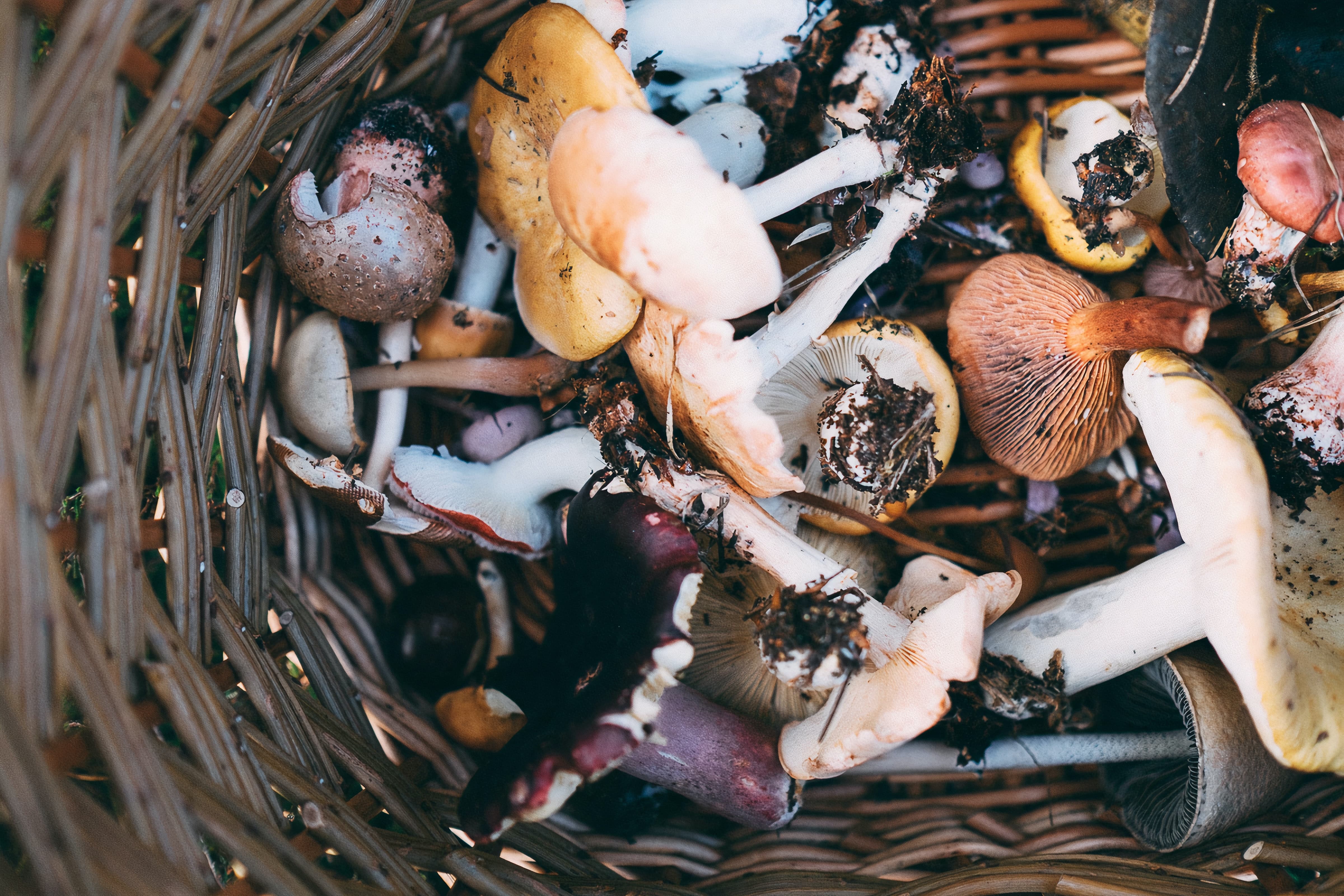
3. Consider the plant health
Ever noticed that some leaves on a plant look a little unusual, with bumps, or have spotting? The plants may have to be affected by fungi, a disease or pests. This should be considered when you forage as well, so avoid plants that don’t look healthy to avoid risk of illness.
4. Always avoid plants you’re not 100% sure you can’t identify correctly
It’s always better to be safe than sorry! So only pick edible plants that you have identified and are certain are safe. Even if you follow the descriptions in the book, if you feel like you don’t fully understand the characteristics of the plant, it’s better to leave the plant.
5. Learn what plants grow in which season
In what season are you choosing to go foraging because this is an activity you can do year round! While plant’s don’t necessarily grow in the winter, there are certainly edible plants to find!
Each season has its perks, however, spring, summer and fall are the most popular. Whether it’s nettle in the spring, elderflower in the summer, or black walnuts in the fall, you can choose to go foraging based on what plants you want to find.
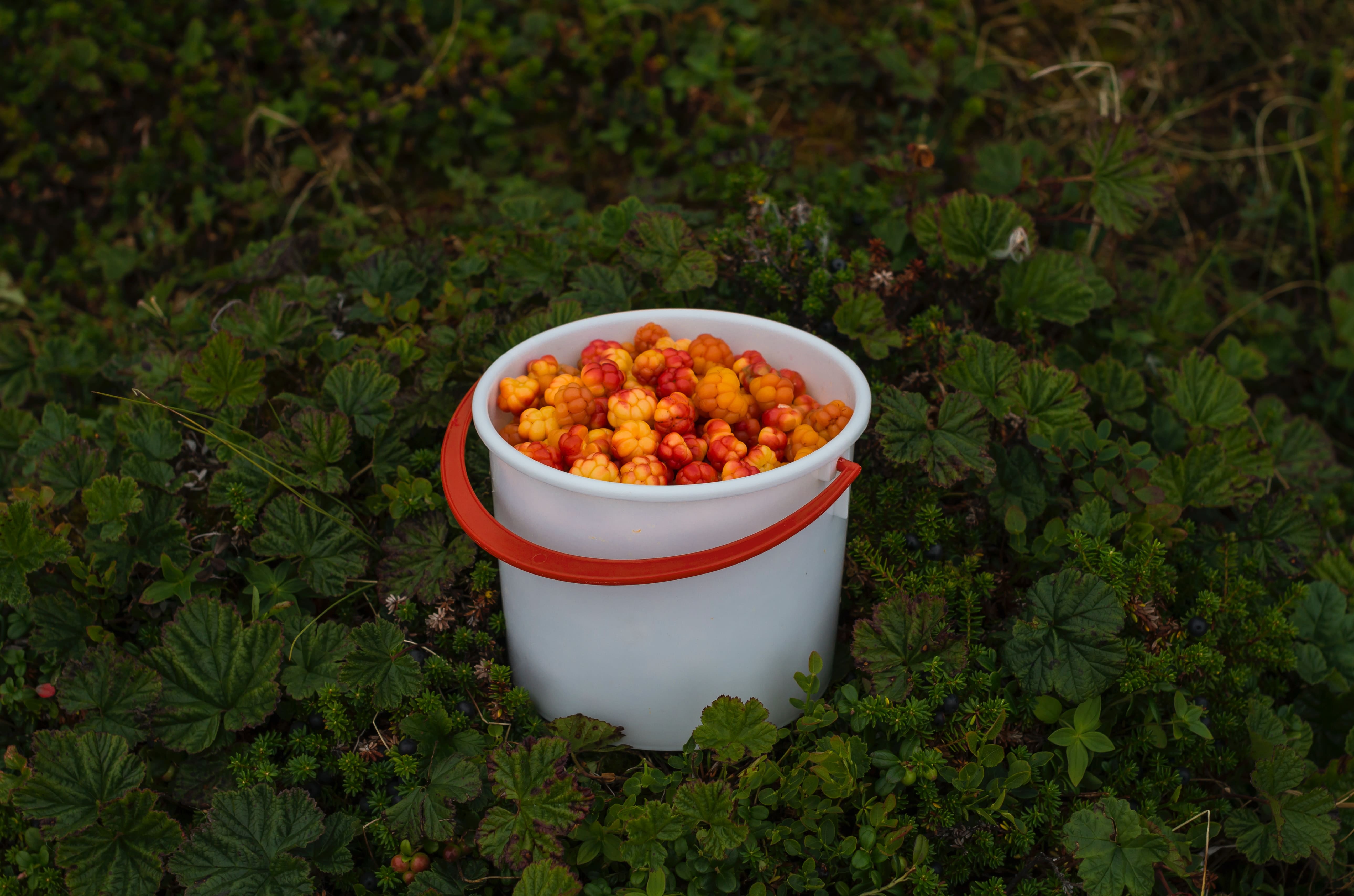
6. The further away from the city, the better
Think about potential contaminants. Don’t eat anything that may have been treated or from near sources of pollution. Try to find foods as far from human activity as possible when out and about in the countryside or the wilds.
7. Learn common habitats
It’s very helpful to learn the common habitats of the country you live in to understand what edible plants you can find. Each plant has specific environments they thrive in!
8. Make sure it’s legal and always ask for permission to forage on private land
This varies per country, so make sure to check if you’re allowed to forage in public areas in the first place. It’s important to respect the rules and regulation of the country you’re foraging in. Many rules are set to protect ecosystems due to over foraging of an area, for instance. If you’re on private land, make sure to ask the owner for permission to forage. They often leave numbers on posters for people to call.
9. Take what you need
Foraging is already a sustainable activity, but that doesn’t mean we can’t be sustainable when foraging! Only take what you need. It can be harmful to over-forage as you’re taking away resources from that habitat. If possible, try to leave the roots of the plant when you pick the plant. This ensures that the plant can continue to grow. Also avoid foraging for rare plant species.
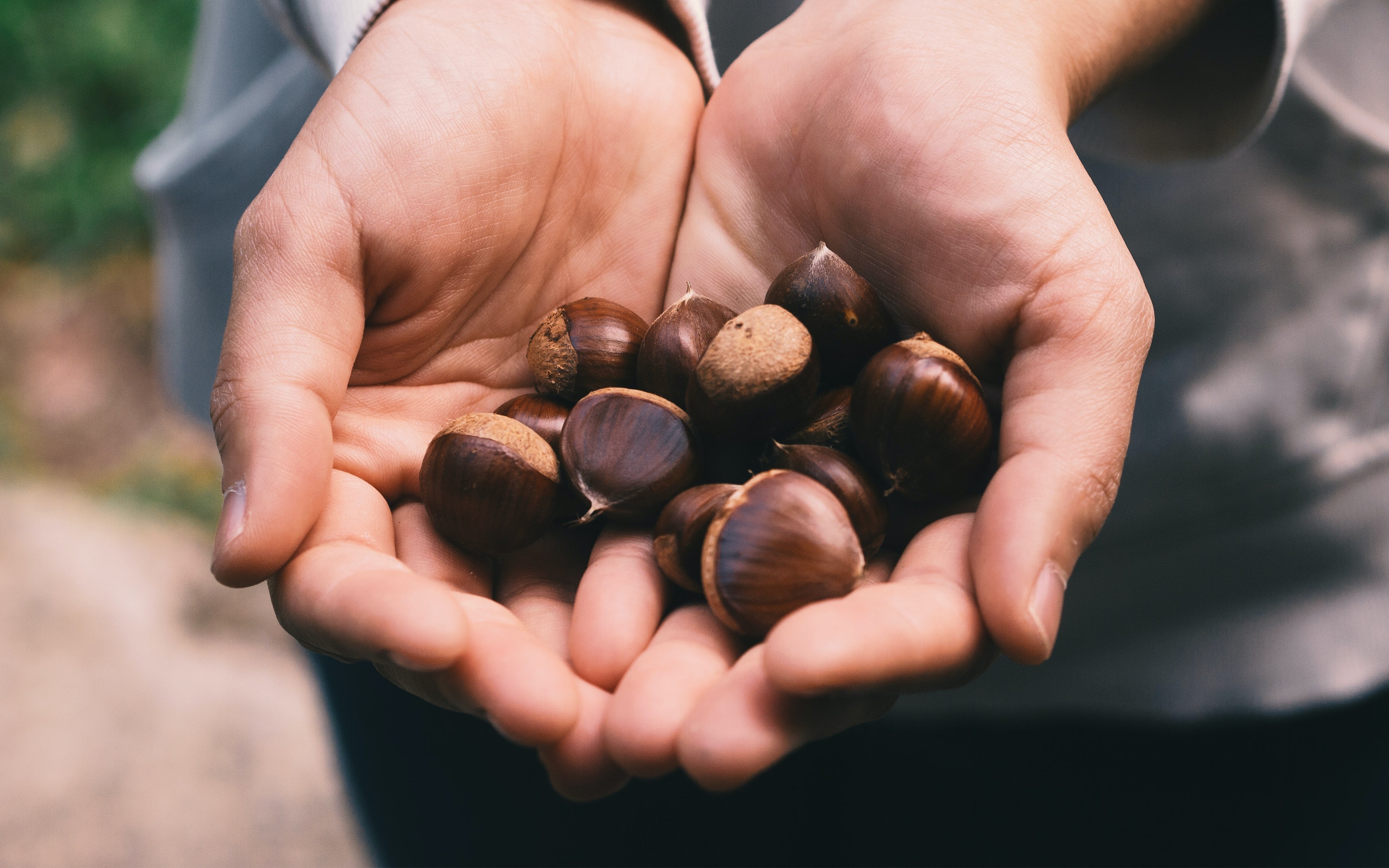
10. Respect ecosystems
Respecting the environment you're in, should be common practice anywhere you go. Especially when you're foraging, as you’re taking away resources from a habitat where other wild animals live. Prevent any damages, and don’t cause any damage by leaving litter behind!
Five campspaces where you can go foraging
Below are five campspaces you can visit with forests where you can visit.
1. Forage in a food forest at Anke and Harro’s campspace in Drouwenerveen, Drenthe, Netherlands.
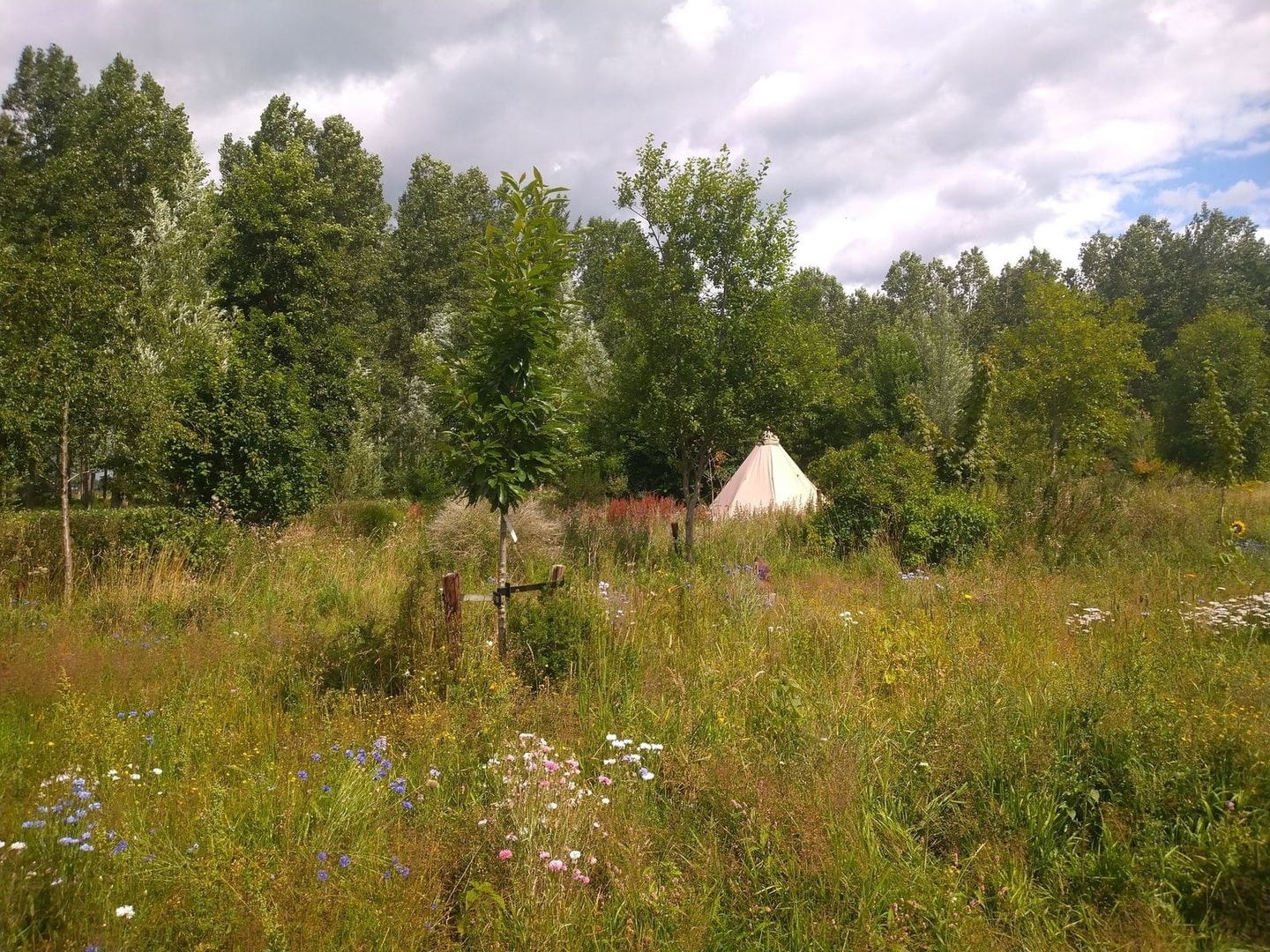
2. Appreciate a view of the meadow and forage in a forest at Alita’s campspace in Dalfsen, OV, Netherlands.
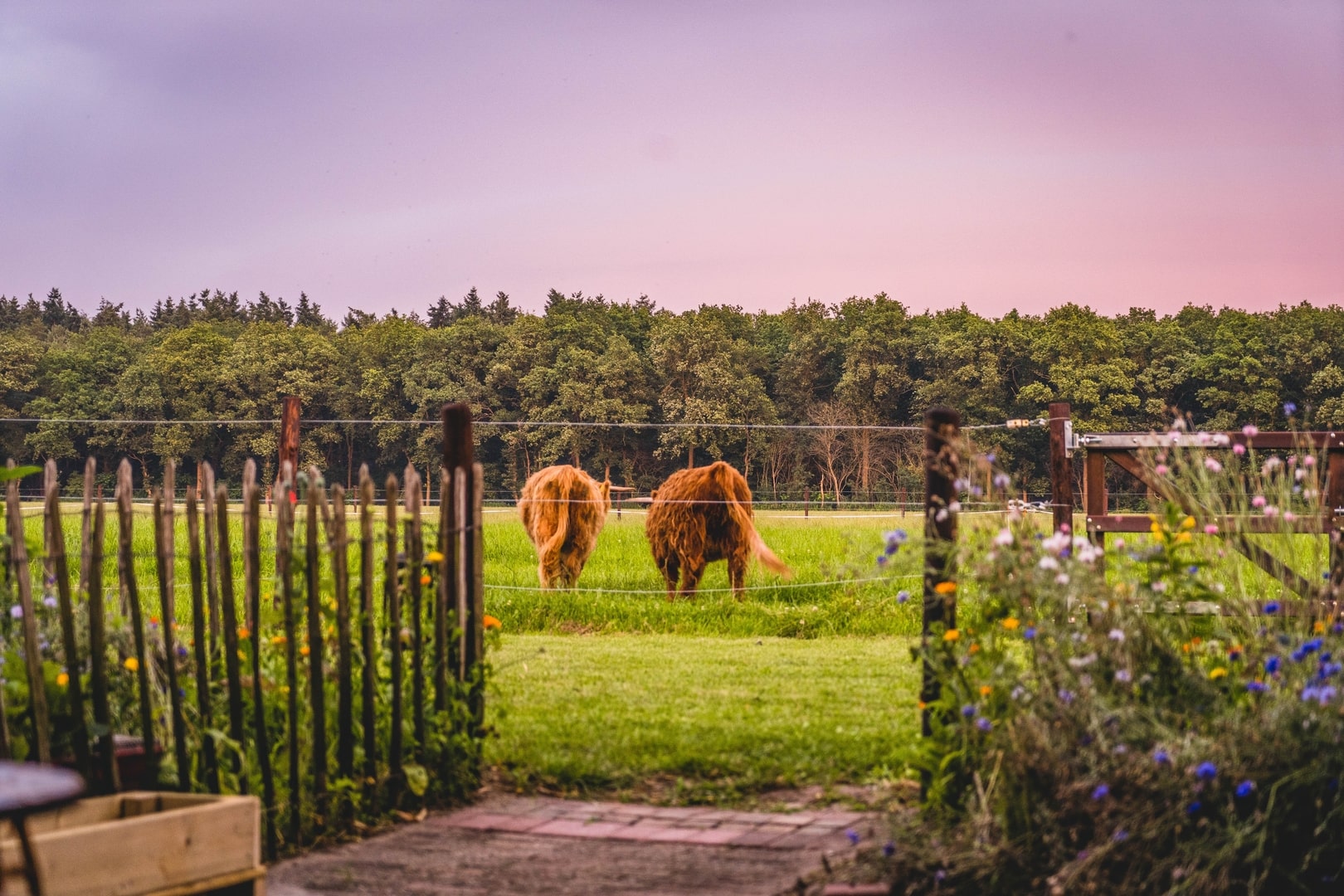
3. Forage off-grid at the Ecobobo on the edge of the Loonse- en Drunense Duinen nature park at Robert’s campspace in Helvoirt, North Brabant, Netherlands!
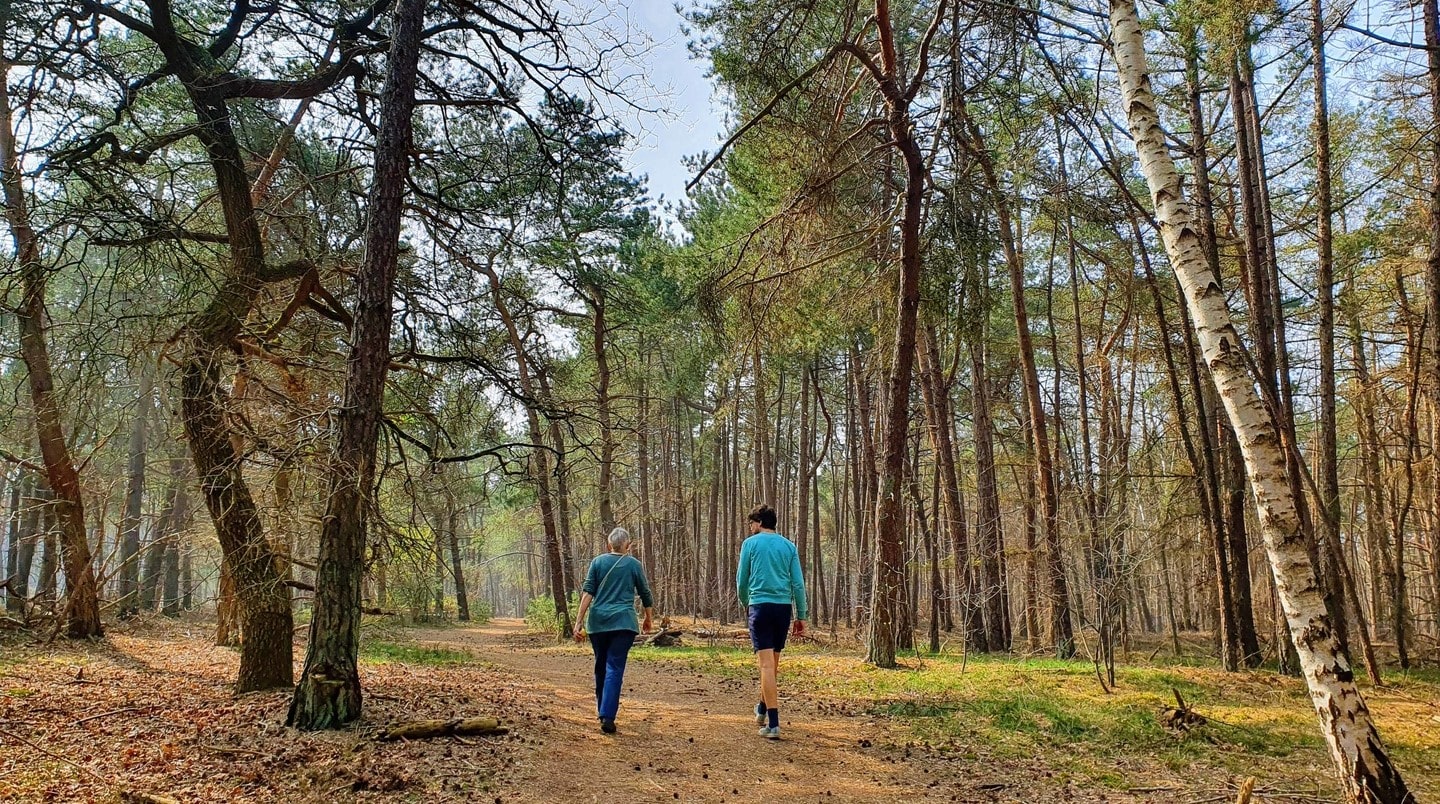
4. Forage in the middle of the forest at Tim’s campspace in Hechtel-Eksel, Flanders, Belgium.
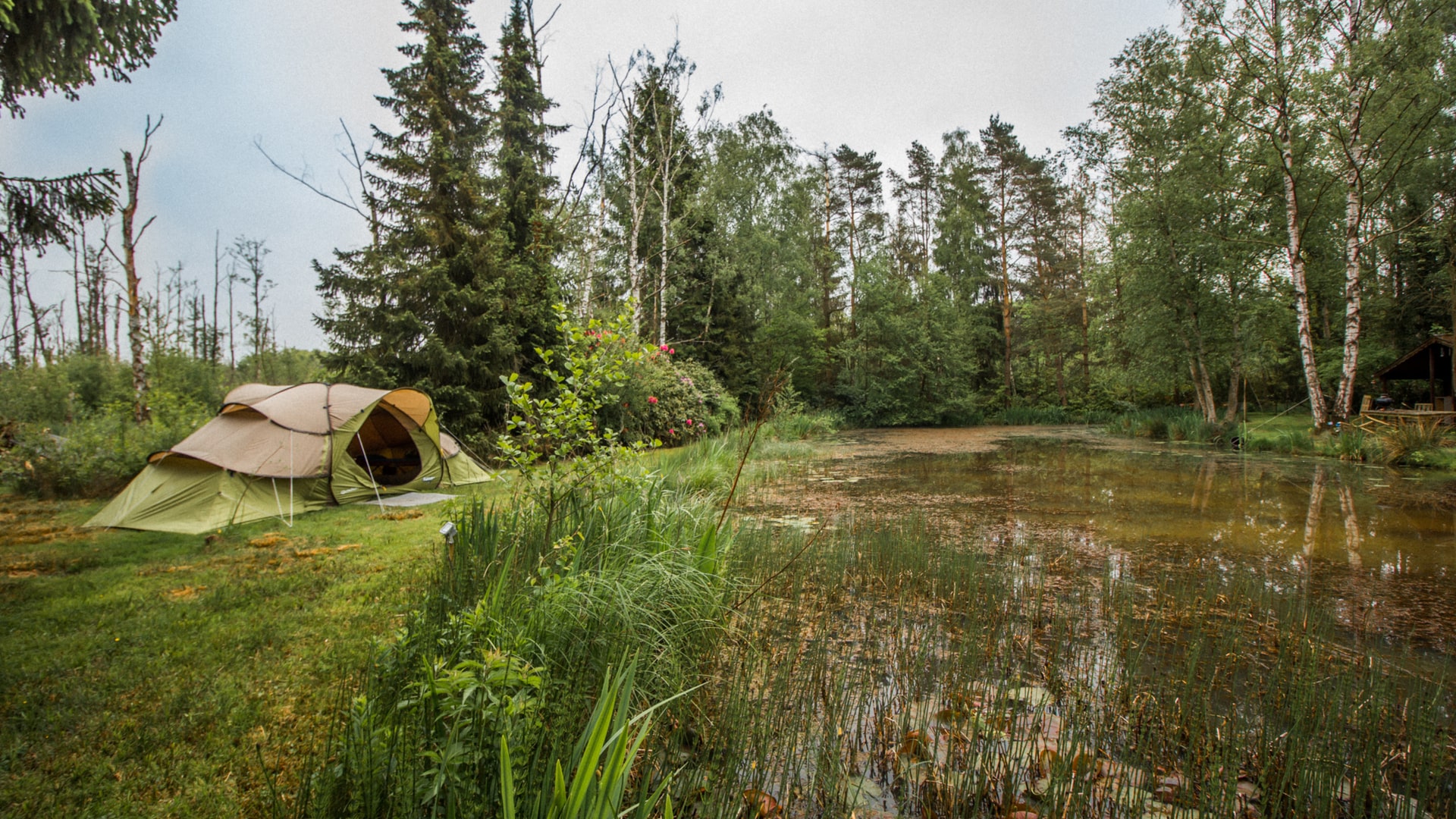
5. Forage peacefully at Ingrid’s campspace in Waxweiler, Rhineland-Palatinate, Germany.

6. Forage in a secluded and magical space by ancient trees at Rich’s campspace in England, United Kingdom
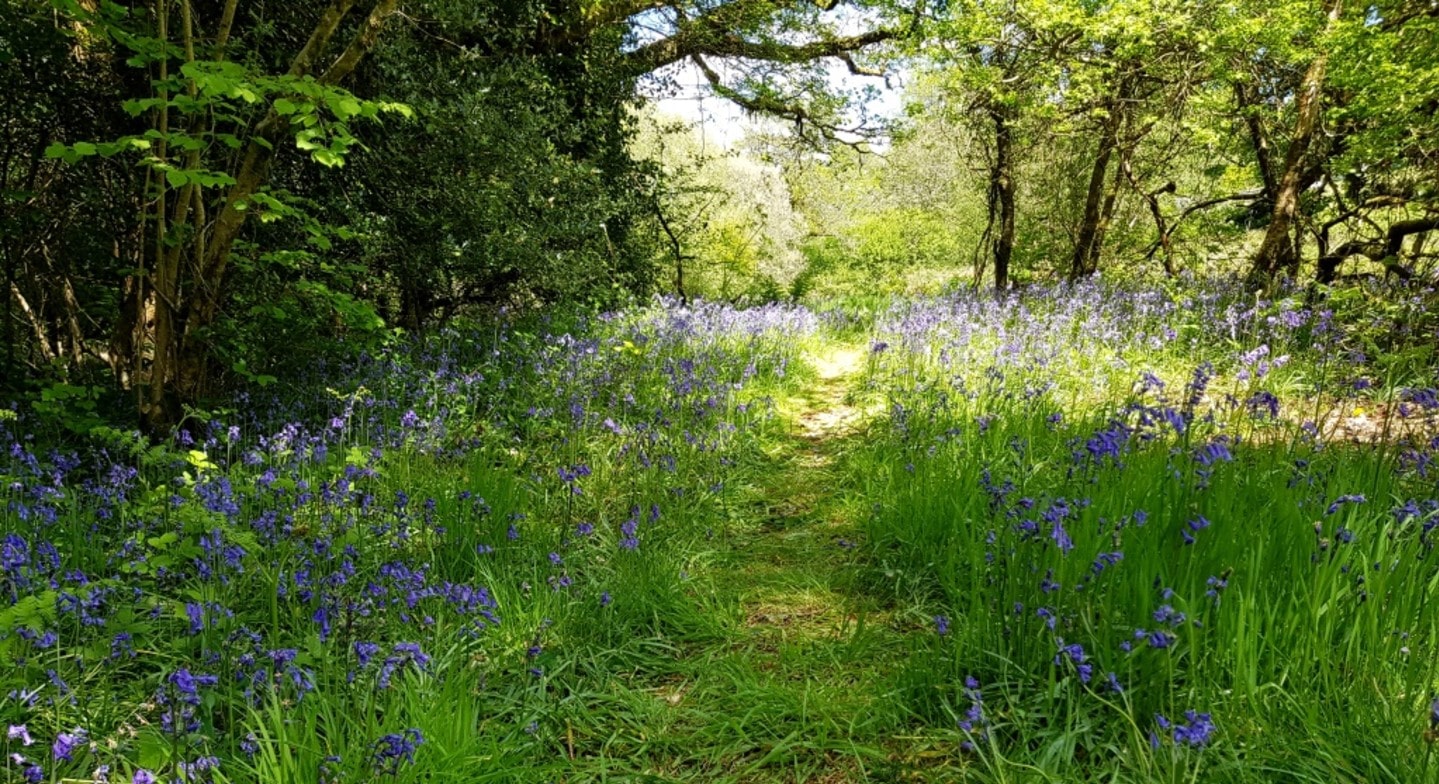
So there you have it! You’re familiar with what to do now, and you can go picking for some wild and edible plants in the most beautiful of nature. A sustainable activity, what is better than a salad you picked all by yourself, or perhaps a vegetarian pizza!
Make a fun day trip out of it, but we recommend going full out and truly enjoying nature by visiting a campspace. If you’re interested in more campspaces where you can forage for wild plants, check out our campsites in the forest!
So what are you waiting for? Your plant picking is just around the corner, and so are your campspace adventures!
Find your sustainable getaway
Up to 95% CO2 reduction if you book a campspace adventure. Learn more